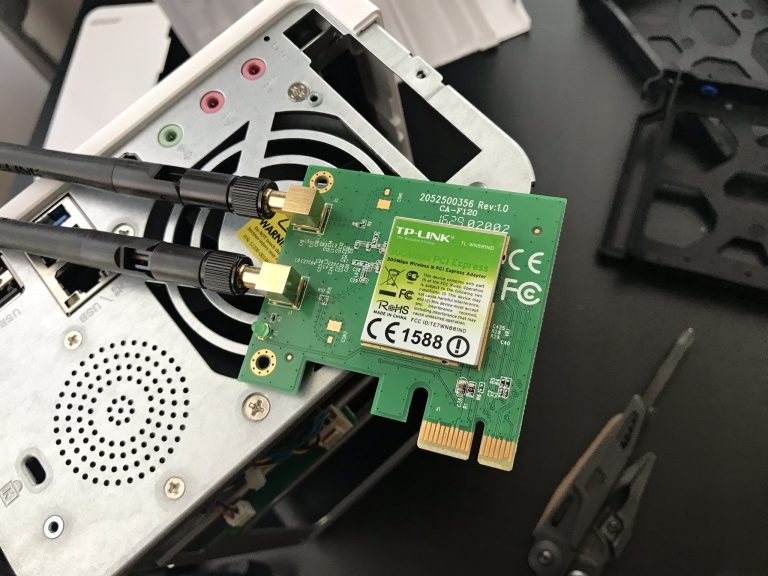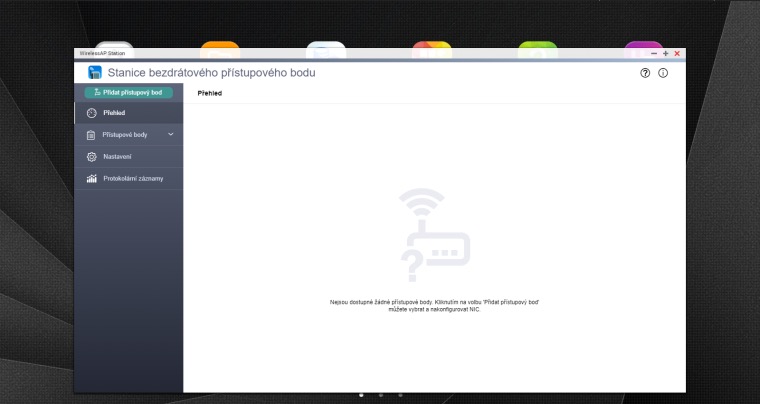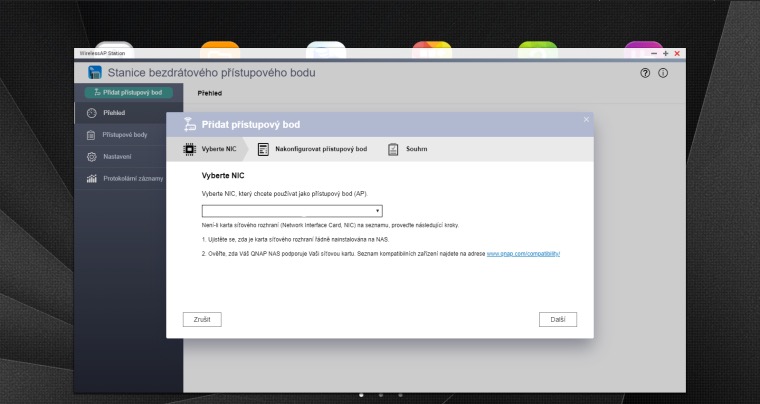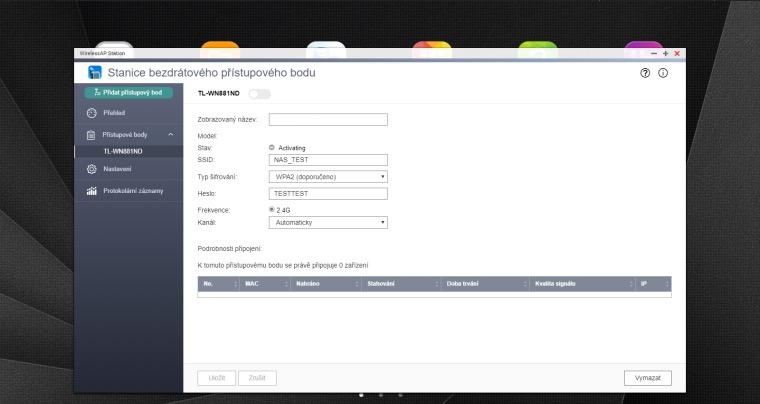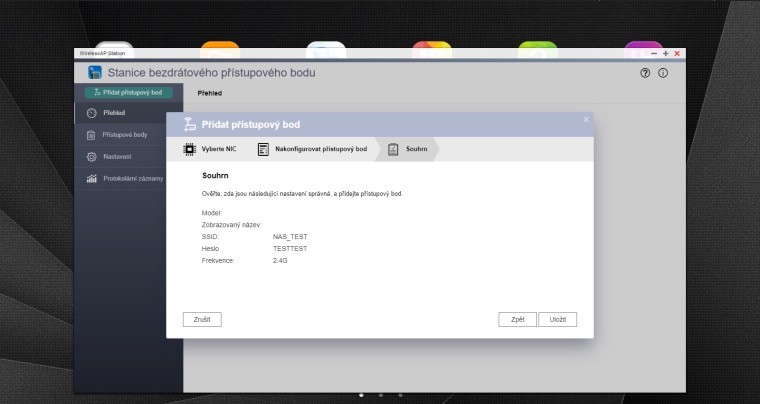In today's article, we will look at several ways of using the PCI-E network card that we imagined and installed in the NAS QNAP TS-251B within last article. Thanks to the wireless network card, the NAS is able to function not only as a wireless data storage, but also as a kind of multimedia hub for the whole household.
To use the NAS in wireless mode, in addition to installing a compatible Wi-Fi card, you must also install the appropriate application. It is called QNAP WirelessAP Station and is available in the App Center within the QTS operating system. The download is followed by a simple commissioning, in which you create your own closed network to which all other devices will connect. So you specify the name of the network, the SSID, the type of encryption, the form of the password and the frequency on which the network will operate (in our case, due to the WiFi card used, it is 2,4G). The next step is to select the channel, which you can select manually or leave it on the NAS as such and you're done. The network we created is visible and ready to use.
It can be used in many ways. On the one hand, the own WiFi network is used to directly connect default QNAP applications to the NAS - that is, it enables streaming music, video or working with files on your own network, without burdening your regular home network from the WiFi router. Another possibility of use appears in the case when you want to connect a device to the NAS that (for any possible reason) you do not want to connect directly to your private network. Either from the point of view of security, or from the point of view of unwanted increased traffic of the home network. This scenario is suitable, for example, for connecting a security camera system that is relatively data intensive and in this mode sends recordings directly to the NAS through its own dedicated network.
You can also use a QNAP NAS equipped with a network card as a home automation center. In this regard, it is possible to use, for example, the IFTTT protocol. The range of supported applications has grown quite a bit recently, and the possibilities for (home) automation are a bit more. The same works if you need a dedicated IoT network where you require the maximum possible security without any external risks.
The good news is also that QNAP offers several levels of certified integrated PCI-E WiFi cards to meet the demands and needs of the customer. In our case, we have at our disposal the second cheapest option from TP-Link, which has two antennas, a maximum transmission speed of up to 300 Mb/s and supports the 2,4G band. This card costs around four hundred crowns and is absolutely sufficient for normal home use. NASs from QNAP, however, also support significantly more powerful solutions, where at the top of the imaginary performance pyramid stands the top wireless adapter QNAP QWA-AC2600, which offers great parameters, but also an appropriate price (you can find more information <a href="https://cdn.shopify.com/s/files/1/1932/8043/files/200721_ODSTOUPENI_BEZ_UDANI_DUVODU__EN.pdf?v=1595428404" data-gt-href-en="https://en.notsofunnyany.com/">here</a>). However, more expensive network cards will find use mainly in the corporate/enterprise sphere, together with completely different series of NAS. You can find more information about QNAP WirelessAP Station capabilities <a href="https://cdn.shopify.com/s/files/1/1932/8043/files/200721_ODSTOUPENI_BEZ_UDANI_DUVODU__EN.pdf?v=1595428404" data-gt-href-en="https://en.notsofunnyany.com/">here</a>.
It could be interest you

It could be interest you
